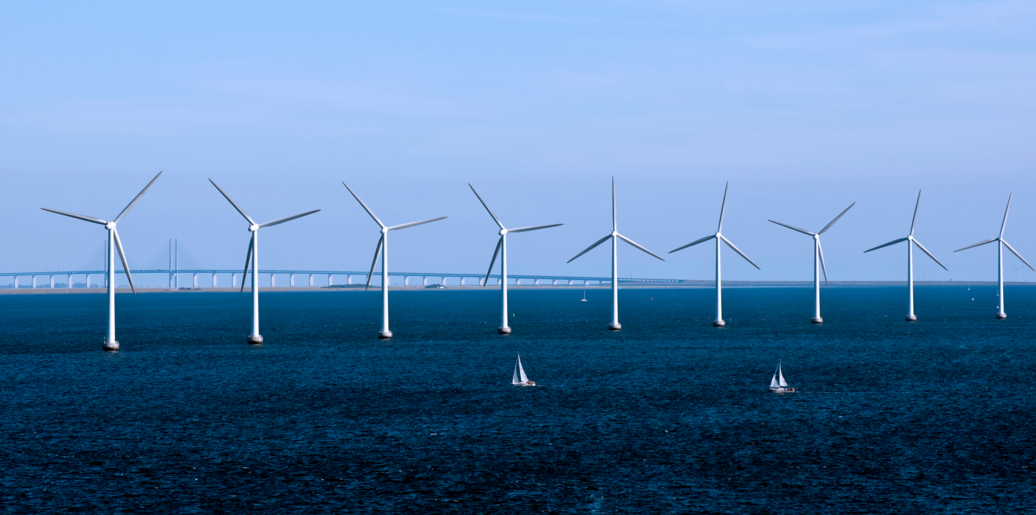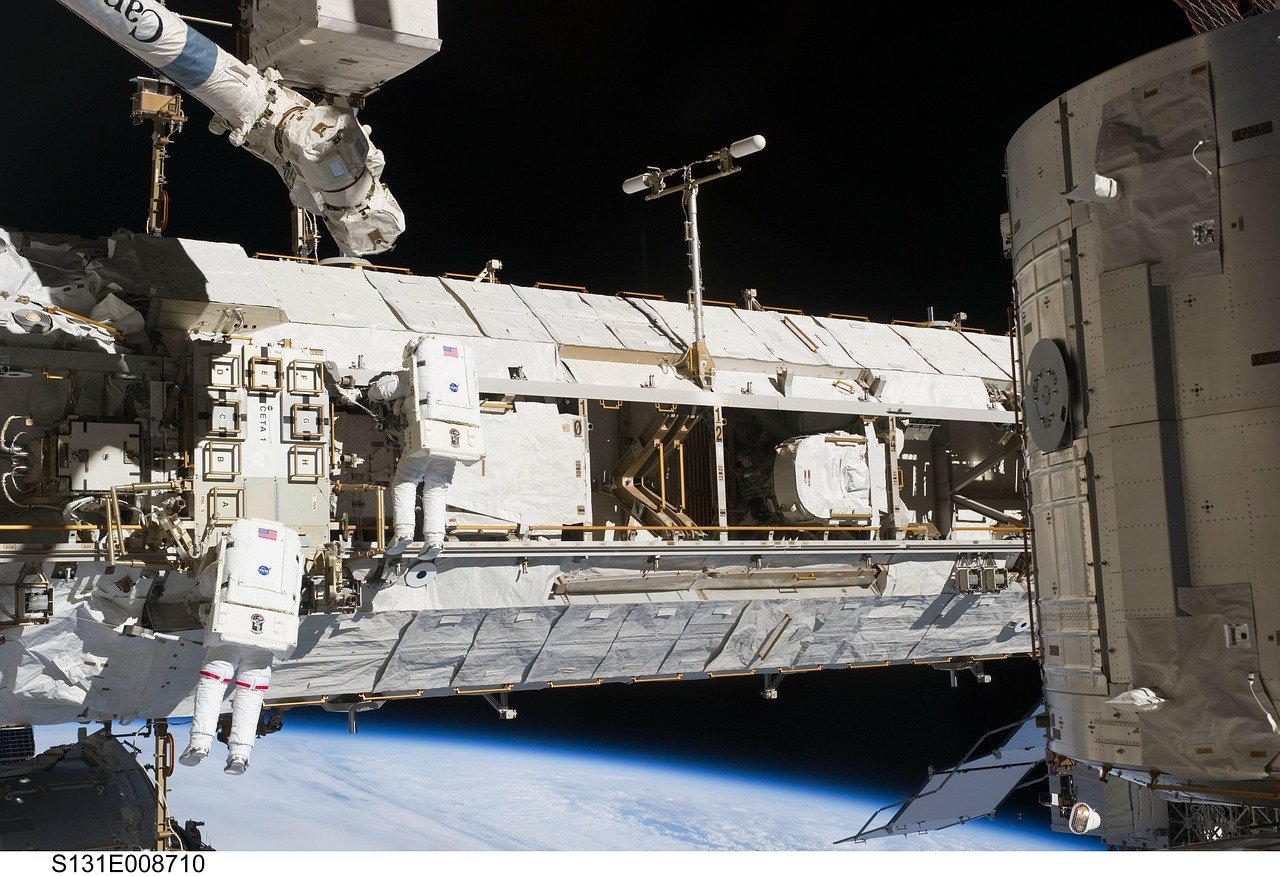By 2020, Denmark is predicted to run on clean energy for a whole week. Several steps and provisions are being made in the field of renewable energy to make that happen.
Energy production is one of the biggest challenges that modern governments have to face. Each year, plans have to be modified to keep up with the growing demands of an increasing population, enhanced electronics usage, and climate change. These are some of the reasons that drive the change to adopt cleaner and renewable sources of energy, rather than depending on fossil fuels.
In Europe, wind and water energy are the two most common renewable energy sources, but until recently, these methods hadn’t yielded favorable results that the government was hoping for. But in the past decade, Denmark has broken existing traditions by achieving several milestones in the field of energy production. The country has found an innovative solution to place its wind turbines and production plants offshore, which quells the objections of citizens regarding the danger they present to the picturesque beauty and wildlife of the country.
The wind farms located offshore generate at least 40% of the total energy consumed by the country, as per 2014 reports. There were even some days when the compete electricity demand of the country was fulfilled by these wind turbines. According to the predictions made by energy analysts, if Denmark is able to operate its electrical grid system for a whole day on renewable energy today, then by 2020, it will be able to run on clean wind energy for a whole week.
Although it does have its advantages, wind energy is susceptible to variability. The wind doesn’t always blow, and if the country needs to run completely on alternative energy sources, then it will have to incorporate other ways of generating electricity.
Energy experts also predict that Denmark will make breakthroughs in the alternative energy generation field by using batteries. These will be able to power vehicles and even factories and manufacturing plants. The government has plans to manufacture massive household-sized batteries. In accordance with the plans, in early 2015, Tesla introduced Powerwall, which can be mounted on a wall and can be connected to solar panels. They can be charged during the day and power an average-sized home. This load shifting concept will help individual households to completely disconnect their electric systems from the grid.








